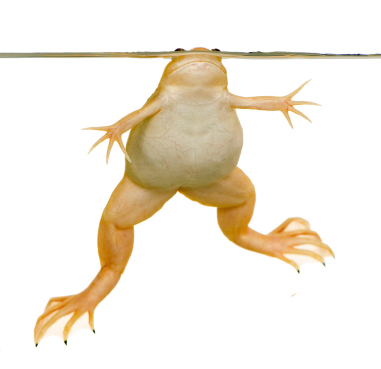YEP. How is this possible?
From Oregon Metro today, Zoo releases 850 endangered butterflies into wild
Precious excerpts:
Once common along the Oregon coast, the Oregon silverspot was reduced to four Oregon populations by the 1990s. The species was listed as threatened by the U.S. Fish and Wildlife Service in 1980 – one of two Oregon butterflies listed as threatened or endangered under the U.S. Endangered Species Act.
“They face a lot of obstacles,” Andersen said. “Development, motor vehicles, bad weather, pesticides, invasive species, natural predators like spiders.…”
In addition to releasing pupae, the Oregon Zoo raises and plants thousands of early blue violets, on which the Oregon silverspot depends, into butterfly habitat.
“When the caterpillars hatch, they’re tiny – just about the size of Abe Lincoln’s nose on a penny,” Andersen said. “But they will eat more than 300 nickel-sized violet leaves before they’re ready to pupate.”
Last summer, before the final batch of 2012 pupae were sent to their new beachfront homes, Oregon Zoo photographer Michael Durham captured what is believed to be the first time-lapse video of a silverspot caterpillar transforming into a chrysalis.
“What he captured was nothing short of magical,” Andersen said. “When a caterpillar pupates, all of its molecules literally liquefy, and it reformulates as a butterfly. Sometimes you need to have a meltdown in order to change your life.”




